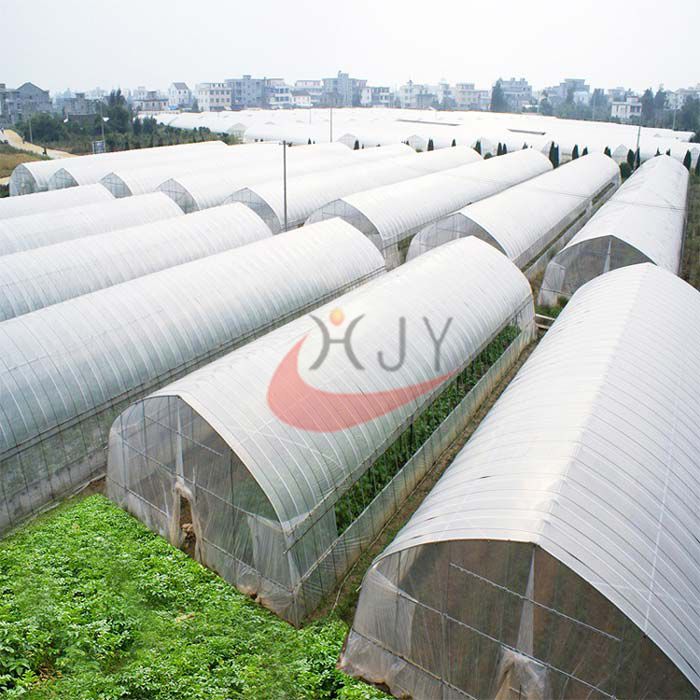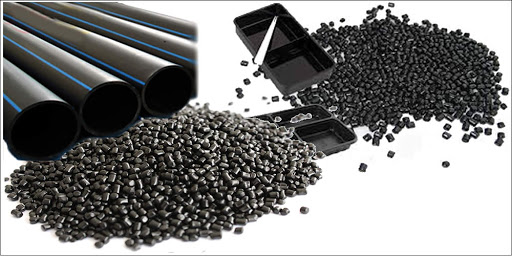Development Direction of Modern Agricultural Greenhouse
Posted By Xinghua Jinyi Greenhouse Equipment Co.,Ltd Xinghua Jinyi Greenhouse Equipment Co.Ltd on 2020-06-28 1:19 AM

Description
1. Scale and industrialization of greenhouses
The farming greenhouse is a high-input, high-output, high-efficiency industry. Only when a considerable scale is formed is it conducive to standardized and standardized production, and it is possible to form an influential brand, thereby occupying the market and giving an advantage to resources It has been effectively developed and continuously utilized while bringing huge economic benefits. Therefore, governments at all levels should formulate preferential policies based on good planning, increase investment, support and cultivate large-scale greenhouse agricultural bases, accelerate the development of facility agriculture and enterprises, and promote the industrialization of greenhouse facility agriculture.
Large-scale greenhouses can reduce construction costs. As compared with the model greenhouses, the unit construction cost of large continuous greenhouses is lower.
2. Factory
The factory production of agricultural products is an important means and way of rural urbanization. Only factory production can make animals and plants free from regional and climatic constraints. They are produced throughout the year in accordance with people's wishes and requirements to achieve high quality, safety, and high yield, and workers can perform labor-saving and easy operations in a comfortable environment. In addition, waste can be recycled to maintain a good ecological environment. But the main problem with the current factory greenhouses is the high cost of construction and operation.

Agriculture Multi Span Greenhouse
3. Reduce the cost of greenhouses
The cost of Agriculture Multi Span Greenhouse requires comprehensive measures:
1. Standardized and standardized agricultural engineering in greenhouses
Greenhouse greenhouse agricultural engineering standardization and standardization include greenhouse facilities, equipment, and agricultural production. With norms and standards for the design, structure, installation, construction, use, etc. of facility buildings and supporting facilities, construction and operation costs can be greatly saved; the establishment of norms and standards for facility agricultural production reduces the production cost of agricultural products, which can improve the quality of agricultural products in greenhouses And sales revenue.
2. Develop high-quality, cheap and durable new materials
The lightweight of hard plastic will gradually replace glass, and the damage will be reduced when disasters such as earthquakes and typhoons are destroyed.
3. Energy saving
In order to save energy, a three-layer transparent plastic film has been developed as a covering material for greenhouses. Pressurized air is introduced into the outer interlayer to support the cover. The inner interlayer uses circulating water to absorb the absorbed solar energy (daytime water temperature (Up to 20℃) stored in the underground soil through underground pipelines, and the heat energy stored in the soil is used for heat preservation in the greenhouse at night. With different regions, climates, and crops, this technology can save energy by 60%-100%.
4. Introduce and develop new planting technology
If soilless cultivation is adopted, the yield per unit area can be greatly improved. Tomatoes can be grown at 60.8 tons per hectare per year, which is 11 times higher than traditional planting methods. Take Canada as an example. The average person in the country consumes 9.1 kg of tomatoes per year, and the country’s 20 million people consume 182,000 tons per year. If soilless cultivation is used, 520hm2 of land can meet the needs of the country. The table shows the comparison of yield per mu for various crops using soil cultivation and soilless cultivation.
4. Improve the working environment of the greenhouse
In order to make employees work more comfortable, the environment should be clean and hygienic. Through the improvement of working space, air permeability, temperature and humidity stability, the quality of the working environment of the greenhouse can be improved, including the environment, working conditions, visual conditions, sensational conditions, and auditory conditions. Only in this way can more professional talents be attracted to join the agricultural team.
5. Mechanization of greenhouse operation
Greenhouse production machinery mainly includes small agricultural machinery for greenhouses, transmission facilities for construction facilities, and other supporting products. The small-scale agricultural machinery in the greenhouse can only carry out cultivating, planting, filming, eliminating, grafting, plowing, ditching, fertilizing, spraying, harvesting and other mechanical operations in the greenhouse, especially the harvesting operation is the most complicated and the most labor-intensive Process, robot harvesting may be a good choice to solve this operation. The crops with large planting volume, short harvest period, large workload, and hard work should be solved first, such as strawberries and fresh-cut flowers.
6. Multidisciplinary participation
The development of modern greenhouse agriculture requires horticultural agriculture, agroecology, plant protection, and agricultural engineering and other multidisciplinary collaborative research in order to develop a complete set of excellent equipment and supporting technologies to form a strong competition with similar international products. The industrialized system of facility agriculture includes equipment facilities and environmental engineering, seed innovation engineering, factory production technology, post-production treatment and processing engineering, etc. It is an integrated system of design, manufacture, production, sales, and integration of agriculture, science, and trade. In order to make the entire system run smoothly, it is necessary to establish a social service system, production organization system, talent training system, commodity supply, and demand information system, etc. Therefore, it is necessary to strengthen collaboration in multiple industries.
Greenhouse facility agriculture is the integration of modern biotechnology and engineering technology and is a symbol of agricultural high-tech. Greenhouse greenhouse agriculture continues to introduce new technologies, which can accelerate the growth of greenhouse crops, shorten the growth cycle, increase output, and improve quality. For example, soilless cultivation is changing the traditional cultivation methods for greenhouse facility cultivation. Soilless cultivation is not subject to regional and seasonal restrictions, water-saving, energy-saving, labor-saving, fertilizer saving, high crop yield, good quality, high efficiency, clean and sanitary, reducing soil pollution, preventing continuous cropping obstacles, and reducing soil-borne diseases and pests. Aspect advantages. Another example is the use of air fertilizer, which can cultivate strong seedlings, accelerate crop growth, increase yield, improve quality, and improve the disease resistance of crops. Plug tray nursery technology saves labor and cost, and the cost can be reduced by 30%-50%, which improves the land utilization rate and effectively increases the protected area production area.
We are China Glass Greenhouse manufacturer, if you are interested in our products, please feel free to contact us.
Tags: singlemulti span greenhouse, greenhouse accessories, hydroponic system for sale
For more information, please Click Here



.jpg)



